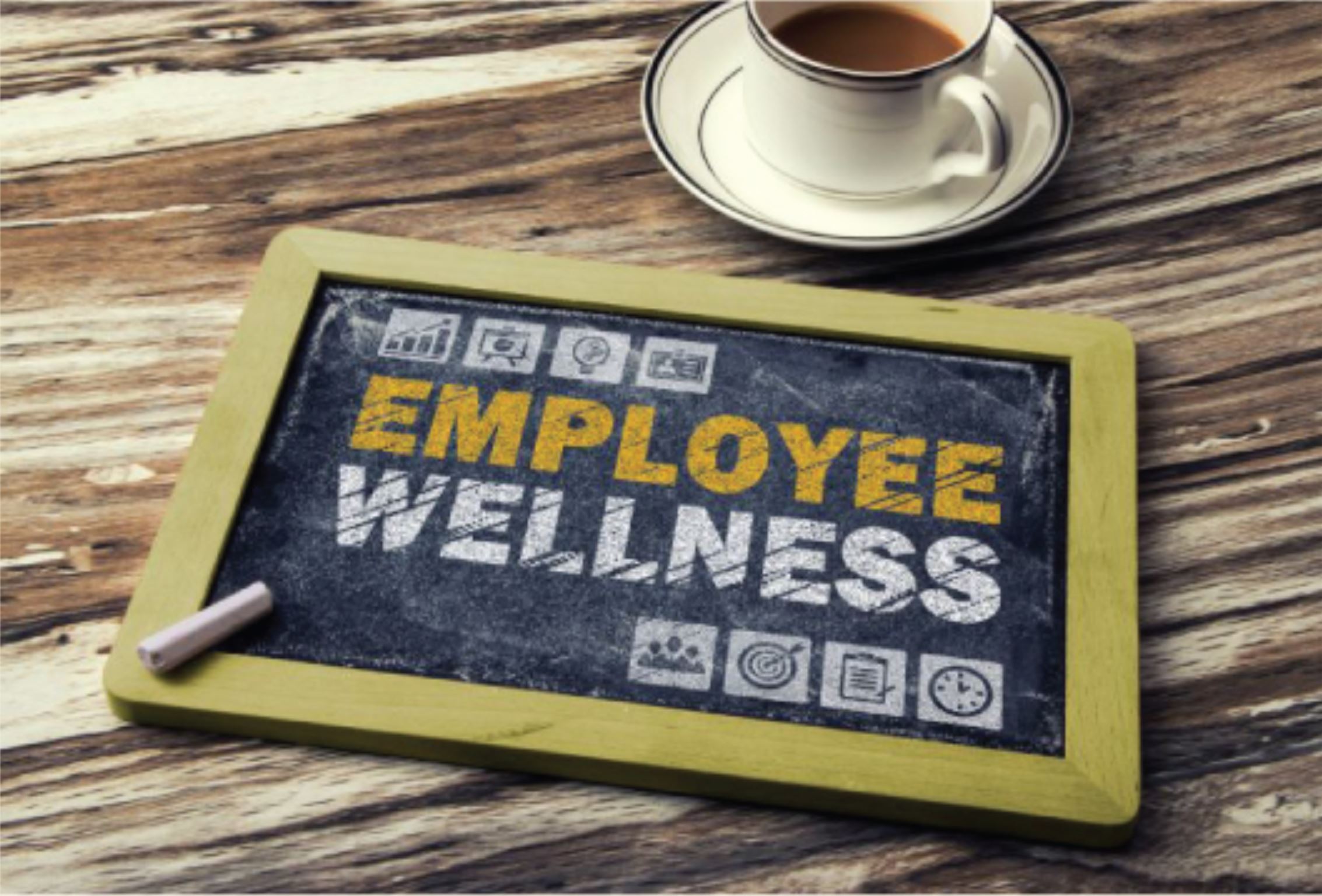4 ways to engage employees to drive overall wellness

A lot has changed in recent years around how, where and when people work. Here’s how one people leader guides with wellness in mind.
Scott Glenn, chief people officer at life sciences startup 4G Clinical, is passionate about creating an environment that fully engages employees in all aspects of their work.
If employees are engaged with their colleagues, roles and the organization, it can improve that person’s overall wellness, Glenn says
Raising awareness, providing managerial support, and communicating about mental health resources are steps toward creating a mentally healthy workplace, according to the 2022 Mind the Workplace: Employer Responsibility to Employer Mental report from Mental Health America.
The level of agency an employee experiences within their role impacts their workplace stress, leading to other mental health concerns, per the report.
According to the report, two in three employees are not comfortable providing feedback to their manager about their performance, and 57% of employees cannot negotiate responsibilities or workload with their manager.
There are several components Glenn focuses on to create an environment to intentionally engage employees.
Culture. The process to cultivate an engaging workspace begins before an employee ever works at the organization. Companies have to make the culture itself evident before the person even decides if they will interview with the company, Glenn said, adding that also should carry into the recruitment process.
“You really have to be open and transparent about the culture, about the role, about what we do as a company, being able to describe and give realistic previews to the individuals on how they would kind of know what they would experience when they join,” Glenn says.
Onboarding with intention. The onboarding process can be confusing for new employees and even employers if plans aren’t in place for the new person to get acclimated.
“You really have to be, I’d say, planful, with that (onboarding) and help the employees gain quick wins so that they are seeing that what they do is really important,” Glenn said. “So I found that to be valuable, extremely valuable.”
According to Glenn, the faster that you can get employees acclimated to their new workplace, the stronger connections that they can build with their managers and with the teams. As a result, the organization can better understand and use the unique skillset they bring to the organization, Glenn says.
Remote friendly. The pandemic has changed how many people work and how companies operate. Giving employees the option within a hybrid work model, which includes working onsite or remotely, can create an inclusive environment.
“It’s that compassionate approach across the board,” Glenn explains. 4G focuses on having flexible policies that help foster a more inclusive environment.
Reskilling. When an employee is able to develop new skills to take on an entirely different role, it allows growth, Glenn said. Reskilling is the outcome of being intentional about the approach of designing roles and organizations. Don’t just offer people opportunities straight up and down their traditional growth ladder, but instead make sure to show them adjacent opportunities that may offer them growth.
“And it doesn’t always have to be the same for everybody,” Glenn says.
Each of these components and practices can tie into wellness.
“My theory is that when employees are really fully engaged and not just the work that they’re doing right in front of them, but engaged with the organization, with the people that they work with — I think the wellness is much higher than what you find, where when it’s like, I know I can do this one thing and that’s all I’m gonna do,” Glenn says
Those additional opportunities to engage and learn other things drives that wellness for the employees, Glenn added.







